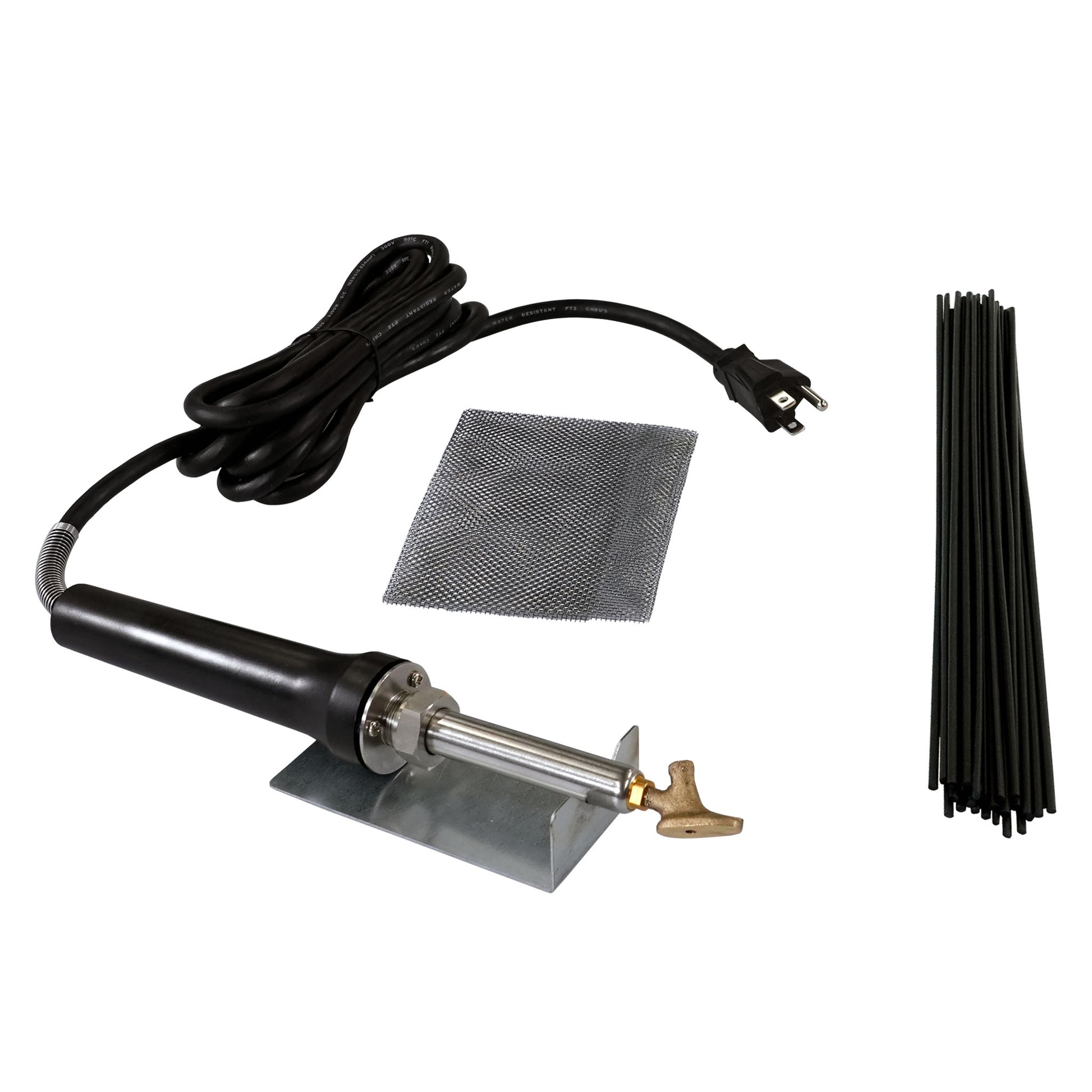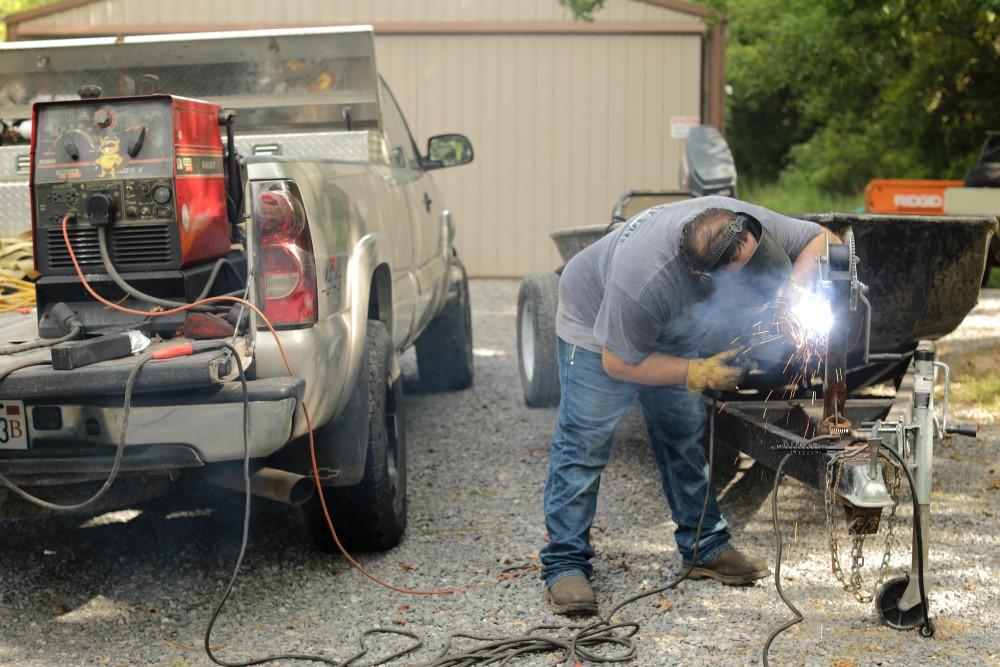Quick solutions to weld misalignment in Montana Mobile Welding and Repair Fabrication
Usual Welding Repair Service Issues and Exactly How to Address Them Successfully
Welding repairs often encounter a variety of concerns that can jeopardize the integrity of the last item. Typical issues include poor penetration, porosity, and imbalance, to name a few. Each issue presents one-of-a-kind obstacles that call for particular approaches for resolution. Recognizing these problems is crucial for welders aiming to boost their abilities and results. This discussion will discover these common welding repair work issues and efficient methods to resolve them.
Poor Penetration
Inadequate penetration takes place when the weld steel stops working to fully fuse with the base material, resulting in weak joints and potential architectural failures. This issue typically comes from not enough heat input, inaccurate electrode angle, or incorrect welding speed. Welders may come across poor penetration because of a miscalculation of the needed parameters for a specific product thickness or type. In addition, contamination on the base material's surface area can hinder reliable bonding, aggravating the issue. To resolve poor penetration, welders ought to guarantee suitable setups on their devices and preserve a clean job surface area. Regular inspection of welds is suggested to recognize any type of shortages early, enabling timely adjustments and the avoidance of endangered architectural integrity in bonded assemblies.
Porosity
Porosity is an usual problem in welded joints that manifests as little gas bubbles trapped within the weld steel. This flaw can endanger the stability of the weld, causing reduced toughness and prospective failure under anxiety. Belgrade. Porosity generally arises from contamination, dampness, or incorrect welding strategies, which enable gases to get away right into the molten weld swimming pool. To deal with porosity, welders should ensure proper surface preparation, keep a clean functioning atmosphere, and utilize ideal welding specifications. Furthermore, choosing the appropriate filler material and protecting gas can minimize gas entrapment. Regular evaluation and screening of welds can help identify porosity early, assuring timely restorative actions are taken, thus preserving the quality and integrity of the bonded structure
Imbalance
Imbalance in welding can occur from numerous variables, including incorrect configuration and thermal development. Understanding the root triggers is important for effective resolution. A number of improvement methods are readily available to realign parts and ensure architectural honesty.
Reasons for Misalignment
Welding misalignment frequently comes from a selection of underlying problems that can compromise architectural honesty. One key cause is inappropriate fit-up of components prior to welding, which can bring about spaces and irregular surfaces. Variations in thermal development during the welding process can likewise lead to distortion, specifically if the materials being joined have various coefficients of development. Additionally, insufficient clamping and fixturing might fail to hold elements safely in position, causing movement during welding. Inadequately kept devices, consisting of welding machines and devices, may present inconsistencies in the weld bead, more adding to imbalance. Finally, driver error, stemming from inadequate training or experience, can likewise play a considerable duty in producing misaligned welds.
Adjustment Methods Readily Available
Addressing misalignment successfully needs a mix of rehabilitative strategies tailored to the particular issues handy. One typical method is the use of components or jigs to hold elements in the appropriate placement throughout welding, guaranteeing consistent alignment. In addition, preheating the products can help in reducing distortion and enhance fit-up. For considerable misalignment, mechanical realignment methods, such as using hydraulic jacks or clamps, can be employed to correct the setting before welding. Post-weld warmth therapy might also be necessary to ease stress and anxieties brought on by misalignment. Finally, careful assessment and adjustment throughout the configuration phase can stop imbalance concerns from ending up being substantial problems, promoting a smoother welding procedure and improving general structural integrity.
Distortion
Distortion is a typical difficulty in welding that can develop from numerous variables, including irregular home heating and air conditioning. Recognizing the reasons for distortion is necessary for executing effective avoidance techniques. Addressing this issue not just boosts structural integrity however also enhances the total top quality of the weld.
Root causes of Distortion
When based on the intense warm of welding, materials commonly go through modifications that can cause distortion. This phenomenon mostly develops from thermal growth and contraction throughout the welding process. As the weld location warms up, the product increases; upon air conditioning, it contracts, which can create internal tensions. Additionally, irregular home heating throughout a work surface can worsen these tensions, causing warping or bending. The type of material also plays a considerable role; metals with varying thermal conductivity and coefficients of development may respond in different ways, leading to unforeseeable distortions. Moreover, inadequate joint layout and poor fixturing can add to imbalance during welding, boosting the likelihood of distortion. Recognizing these reasons is crucial for efficient welding repair and prevention methods.
Prevention Techniques
Effective avoidance methods for distortion during welding concentrate on managing heat input and guaranteeing correct joint layout. Maintaining a regular warm input assists to lessen thermal growth and contraction, which can bring about distortion. Utilizing strategies such as pre-heating the workpiece can likewise reduce the temperature slope, promoting uniform home heating. Furthermore, selecting suitable joint layouts, such as T-joints or lap joints, can enhance security and reduce tension focus. Applying appropriate fixturing to safeguard the workpieces in area additionally help in keeping positioning during the welding process. Staggered welding sequences can disperse heat extra uniformly, protecting against localized distortion. By using these methods, welders can greatly reduce the possibility of distortion and improve the general quality of their welds.
Fracturing
Splitting is an usual concern experienced in welding repair work, commonly resulting from various variables such as incorrect air conditioning rates, product selection, or insufficient joint prep work. The incident of splits can substantially compromise the integrity of the weld, resulting in prospective failures throughout procedure. To address this issue, welders need to initially assess the source, making sure that materials work and suitably chosen for the particular application. Additionally, regulating the cooling price during the welding procedure is necessary; fast cooling can cause stress and bring about fracturing. Appropriate joint style and preparation additionally add to minimizing the threat. Executing these methods can boost weld quality and resilience, inevitably lowering the probability of cracking in ended up weldments.

Insufficient Combination
A substantial concern in welding repairs is incomplete blend, which takes place when the weld metal does not effectively bond with the base material or previous weld passes - Montana Mobile Welding and Repair Belgrade Fabrication. This defect can cause weaknesses in the joint, possibly endangering the stability of the click here welded structure. Aspects adding to insufficient blend consist of insufficient heat input, incorrect welding method, and contamination of the surface areas being signed up with. To resolve this issue properly, welders need to guarantee proper pre-weld cleansing and surface area preparation, in addition to adjust their welding parameters to attain sufficient infiltration and blend. Regular inspection during the welding procedure can likewise aid recognize incomplete fusion early, enabling timely corrective steps to enhance the total quality of the weld
Overheating
While welding fixings can boost structural stability, overheating presents a considerable obstacle that can lead to product deterioration. Too much warmth throughout welding can alter the mechanical properties of steels, leading to reduced toughness, raised brittleness, and warping. This phenomenon is especially essential in high-stress applications where architectural integrity is paramount. Recognizing getting too hot can include visual inspections for staining or distortion, as well as keeping track of temperature level during the welding procedure. To reduce the dangers connected with getting too hot, welders need to utilize ideal techniques, such as controlling warm input, readjusting travel rate, and using appropriate filler materials. Additionally, applying pre- and post-weld heat treatments can aid bring back product residential or commercial properties and enhance the total high quality of the repair service, ensuring long-term performance and security.
Frequently Asked Questions
What Are the Typical Signs of a Welding Flaw?

Exactly How Can I Examine My Welds for Top quality?
To examine welds for high quality, one can use visual evaluations, ultrasonic testing, and radiographic methods. Each technique ensures architectural integrity, recognizes issues, and verifies adherence to specified standards, eventually boosting the dependability of the bonded joints.
What Security Precautions Should I Take While Welding?
When welding, one need to focus on safety and security by putting on proper personal protective devices, guaranteeing correct air flow, protecting flammable products away, keeping a tidy work space, and recognizing surroundings to protect against accidents and injuries.
Can I Fix a Weld Without Redesigning the Entire Joint?
Repairing a weld without remodeling the entire joint is possible, relying on the damages (Welding). Strategies such as grinding, adding filler material, or utilizing a welding process can efficiently resolve specific defects while protecting the bordering framework
What Tools Are Necessary for Efficient Welding Services?
Essential tools for reliable welding repair services consist of a welding maker, cable brush, mill, safety equipment, clamps, and filler materials. Each device plays an important function in guaranteeing top quality and safety and security during the repair work process. Porosity generally develops from contamination, moisture, or inappropriate welding strategies, which allow gases to get away right into the liquified weld pool. Badly kept tools, consisting of welding machines and tools, may introduce incongruities in the weld grain, additional contributing to misalignment. When subjected to the extreme heat of welding, materials usually undertake adjustments that can lead to distortion. Fracturing is a typical concern come across in welding repair work, frequently resulting from numerous elements such as inappropriate cooling rates, material choice, or inadequate joint prep work. A significant issue in welding fixings is incomplete blend, which happens when the weld metal does not appropriately bond with the base material or previous weld passes.